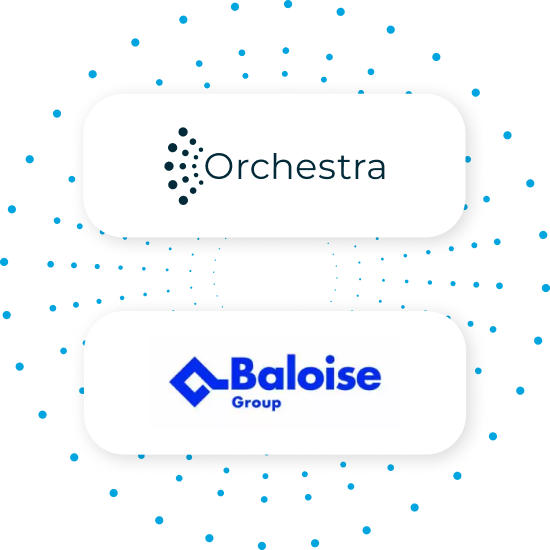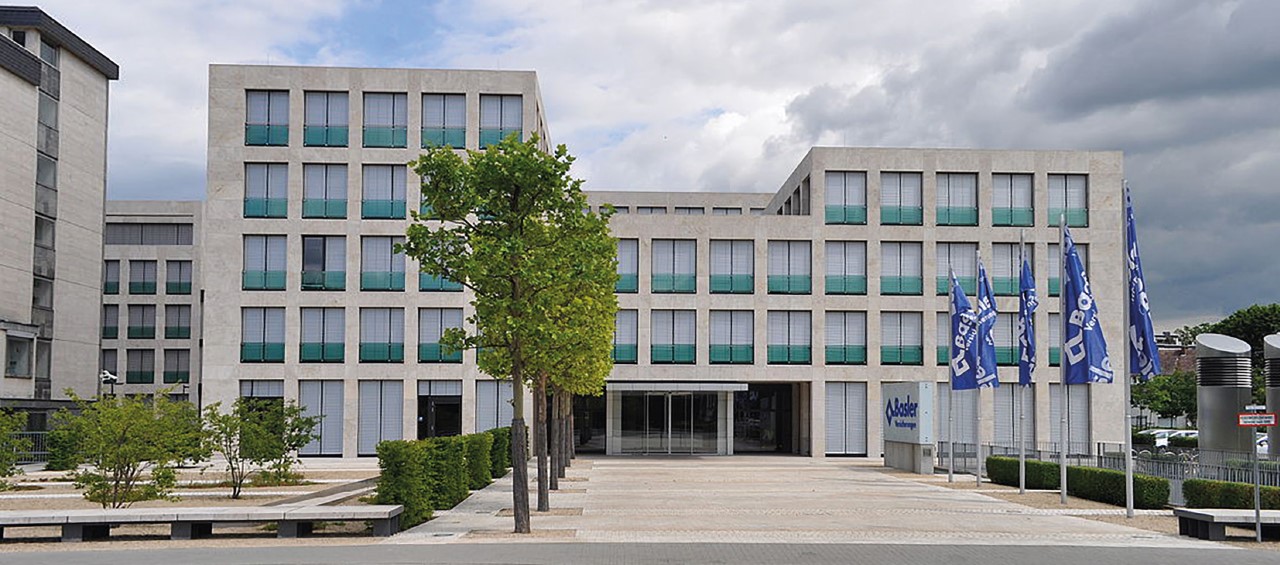API-Integration: Real-time data transfer interface
Implementation of Solvency II – requirements

What is API-Integration? Definition & Explanation of an API-Interface
An API integration is a process in which two or more applications are connected via an application programming interface, or API, to communicate with each other – whether they perform a common function or merely exchange information. The purpose behind this seamless data exchange or data transfer is to avoid time-consuming coding processes despite a wide variety of sources. The API here is neither the database nor the server, but a code that enables communication at the interfaces.
Outcomes & Benefits of an API Integration
An API solution convinces with the following benefits:
- Simplification of the application structure.
- Fast responsiveness in the event of errors.
- Lower process costs thanks to automated workflows.
- Reusability of modules.
- Scalability and flexibility of the IT architecture.
- Secure data transfer and revision security thanks to cryptography and authentication technology.

API integration platforms enable
businesses to achieve the following outcomes:
APIs are easy to automate, ensuring seamless data transfer between connected applications.
Programmers deliver a steady stream of data in near real-time.
An APIs architecture sustainably reduces errors in the transfer.
Challenges:
How Baloise Group benefits
Today, it is standard for companies to use many different applications – from proprietary software to enterprise software to web-based services (e.g., SaaS platforms). All of these applications must be able to coexist to ensure smooth business operations. API integration adds a layer of automation between different applications that enables real-time, bidirectional, secure, and virtually error-free data flow. As a modern, international company, Baloise faces challenges that many corporations encounter on the road to Industry 4.0 and Smart Factory:
API Interface at Baloise: A Success Story
Why API management at Baloise? What was to be achieved in the Swiss insurance group with the Application Programming Interface?
With Orchestra, you digitize with results in mind.
In addition to the API interface, soffico GmbH also offers options for EDI solutions as well as further process automation and interface development. Contact us at any time. Together we will find exactly your solution.
Rica Holzmann
